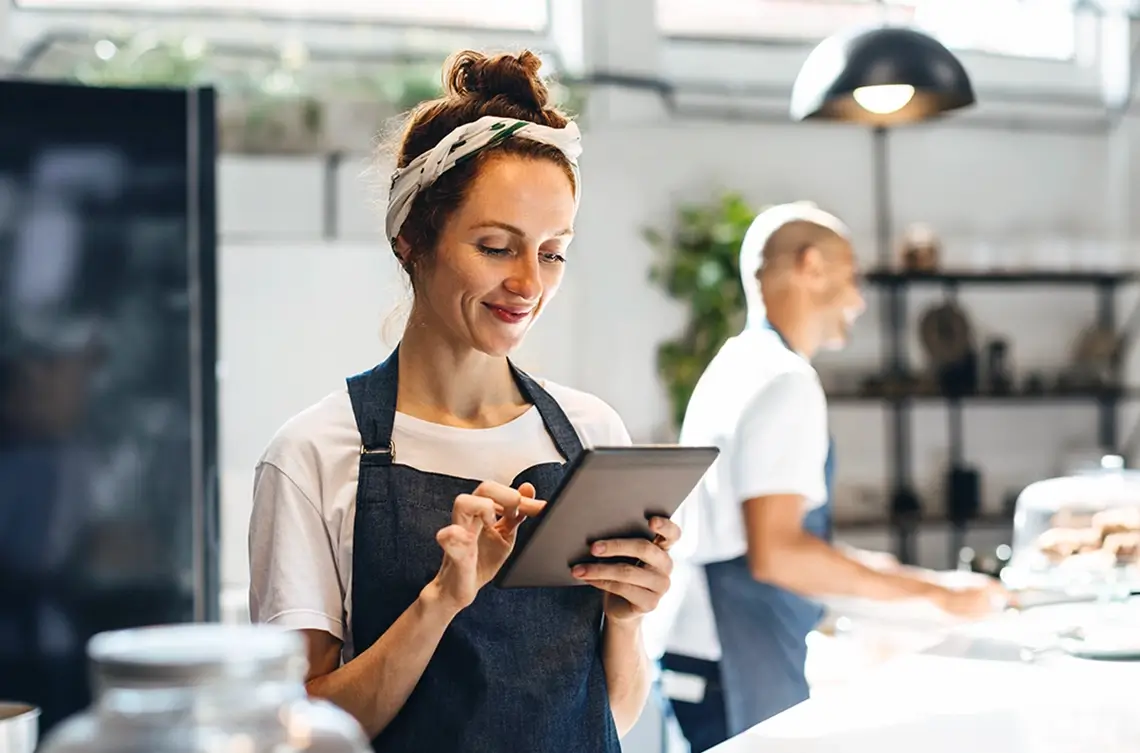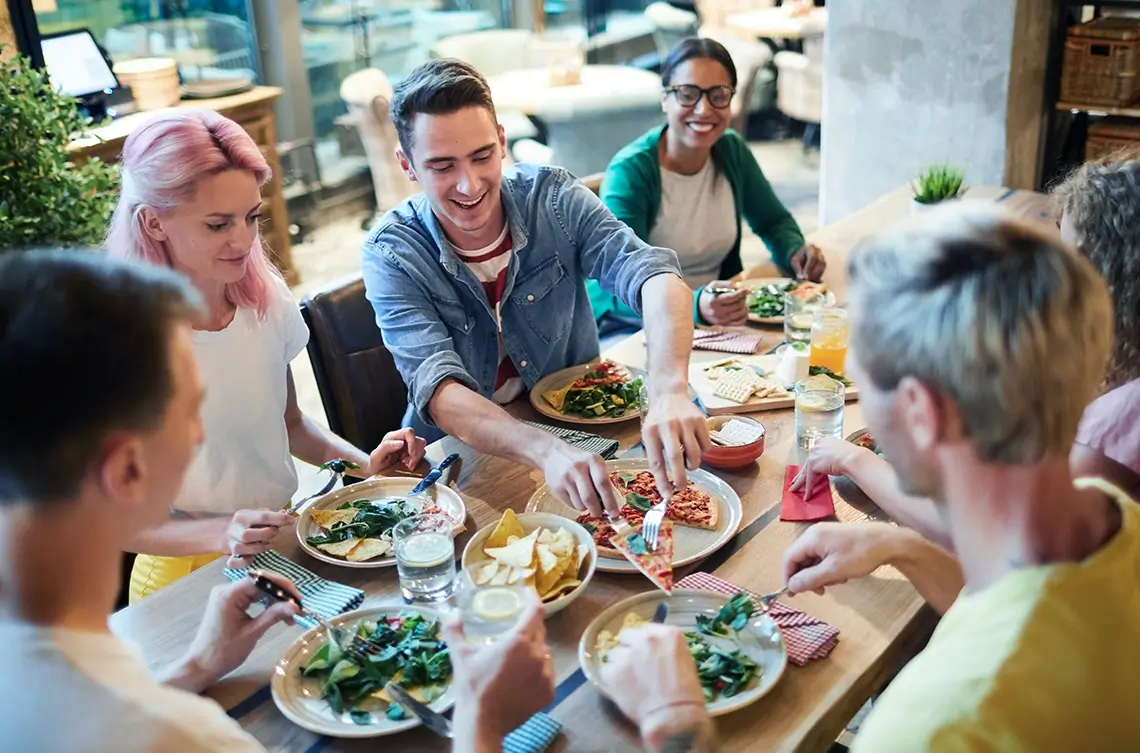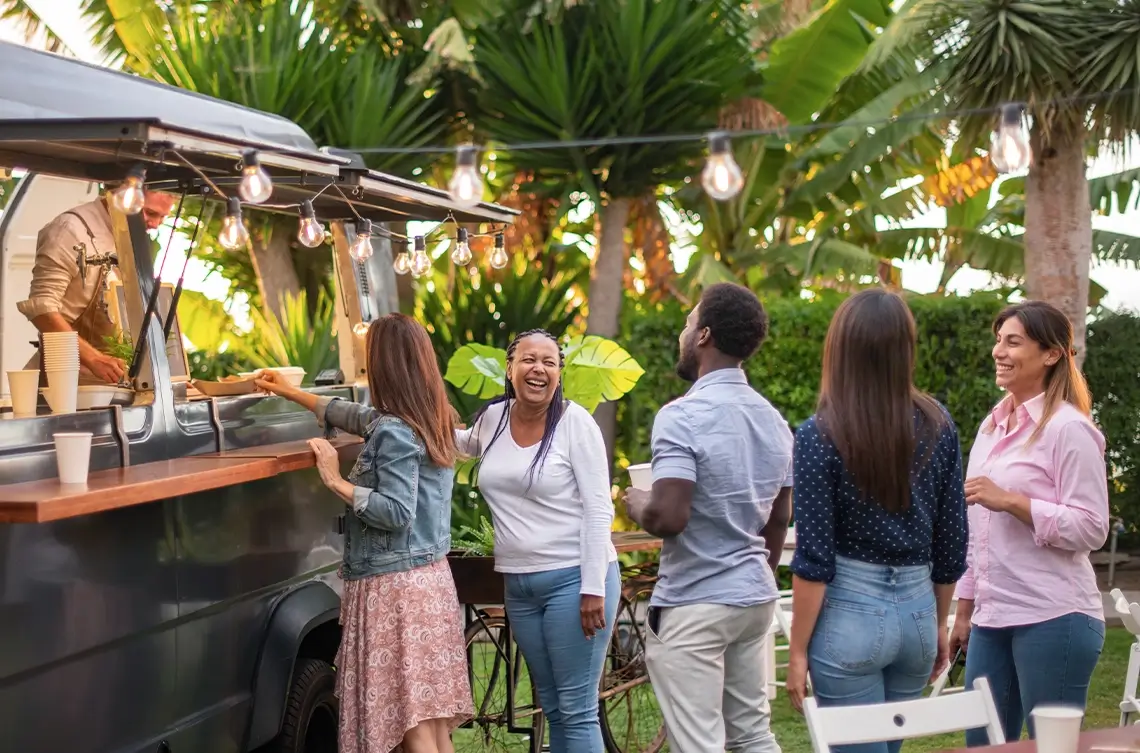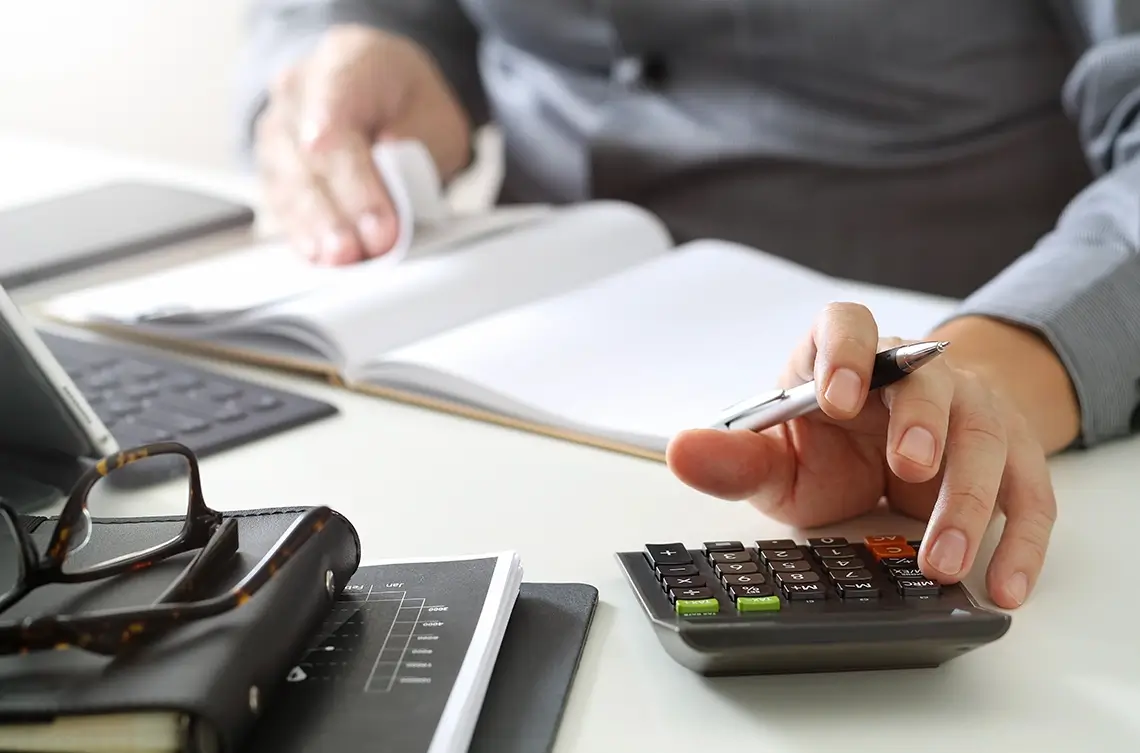Hazlnut’s tips for food photography for social media and menu, including tips on framing, props, lighting, plating, and more.
In recent posts, we have emphasized how important food photography is on social media and online ordering for customers to see. Research shows that adding photos of the product on an online ordering page can increase sales by 30%, help build the brand, and increase customers’ conversion rate. With all of this data to support pictures’ importance, we decided to give our tips for all restaurant photographers who want to snap some photos.
Presentation
How a dish looks can significantly impact how the picture comes out, and presentation is critical. A “the camera eats first” culture that craves beautiful looking food, giving them what they want can draw them in. Factors in the presentation to consider are plating, props, lighting, and background. All of these things working together is the key to snapping the perfect picture of the dish.
Plating
When plating a dish for photos, present it in the way it is served to the customer. Plating the food one way in a picture then serving it a different way can confuse and disappoint customers. Although most orders are for takeout or delivery these days, try to avoid plating the dish in plastic containers. Cheap packaging can come across as telling the customer the food is exclusively for takeout, and customers won’t consider it when thinking of where they would like to dine in.
Food Photography Background and Props
Props are a fun way to show what is in a dish or pairs well with it, like putting a champagne bottle next to champagne infused cupcakes. Props can also be used to create the background and help encourage the customer to order more. Placing a glass of red wine in the background of a steak can get someone to think about the pairing and how they would enjoy it. Going back to the “the camera eats first,” a customer may be inclined to want to recreate what they saw, so they need to order what they saw. Backgrounds can help set the scene and get the person in the mood for food. An all black background can hinder rather than help because food isn’t best enjoyed in a void.
Lighting
Lighting has a huge impact that I didn’t believe until I saw it. The way a camera sees the item is different than how we see the same thing with our eyes, so with proper lighting, the dish can look better on camera than it does in person. A cameraman for the Cooking Channel showed this to me in real time. He panned over a tray of sticky buns that were directly in front of me. I watched the live feed from the camera, and the sticky buns on the feed looked more delicious than the ones in front of me, even though they were the same thing. The cameraman explained the science, but he said the key was the lighting.
Food Photography Framing
Once the dish’s presentation is ready, it is time to take some pictures, but it is crucial to consider the picture’s framing. A photo too close can make the dish look strange and take away from the background and props. One framed too far out can lose details on the plate, and the customer may not be drawn in. Choosing the shot angle can take some planning. When we look at food sitting down, we look at it from a 45-degree angle, which is a natural angle. A birds-eye view angle can be tricky when incorporating props but can really pay off with individual dishes.
Taking the Picture
At last, the time has come to snap the picture and capture it. Most modern cell phones have cameras that will take a high-quality image. It is good to take a few shots from various angles to have a selection to choose the best from. Never be afraid to play around with all of the elements. Have some fun with it. While pictures are essential, customers can sense if it isn’t genuine, which can hinder rather than help.
Check out some other tips here.







